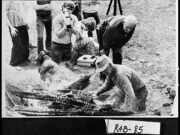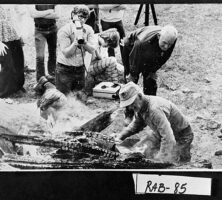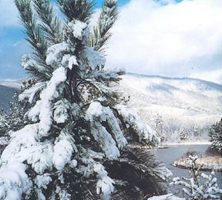In the fall of 1966, teacher Eliot Wigginton and his students at the Rabun Gap
Early History
Foxfire began as an English teacher’s effort to get students involved in both their education and their region’s history and culture. Eliot Wigginton, a West Virginia native, moved with his father to Athens, Georgia, at a young age. He attended college at Cornell University in Ithaca, New York, where he received an undergraduate degree and a master’s degree in English. He also received a master’s degree in English from Johns Hopkins University in Baltimore, Maryland, in 1969. Intent on becoming a teacher, he found employment at the Rabun Gap–Nacoochee School, located in Rabun County in the northeast corner of Georgia. Wigginton soon discovered that many of his students were “hostile, bored and rambunctious,” in the words of educational historian John Puckett. In an attempt to spark their interest, Wigginton suggested starting a magazine as a school project, and ideas were pitched—including collecting folklore from local residents. The idea for the project came about in part through discussions Wigginton had with guests at the nearby Hambidge Center for Creative Arts and Sciences, also in Rabun County.
The students decided to name their magazine Foxfire after the blue-green glow given off by bioluminescent lichens growing on decaying logs. Foxfire was a learning experience for both Wigginton and his students since no one had any experience in oral history collecting, documentary skills, or magazine production. The first issue was published in March 1967 and became an instant success, due in large part to an interview with the local sheriff, who described a 1936 bank robbery and his capture of the bandits. In 1977 Wigginton moved the Foxfire program to the newly constructed Rabun County High School in Clayton.
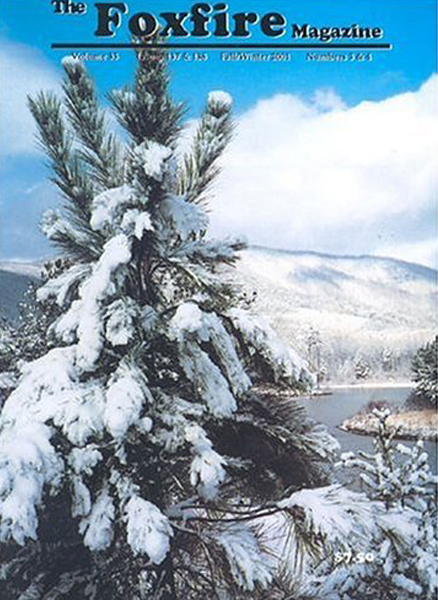
By the 1980s Foxfire had become a multimedia enterprise. In 1972 Doubleday began anthologizing the magazine into a series of Foxfire books. Twelve volumes have been published, to which many more special collections have been added, including The Foxfire Book of Appalachian Cookery, A Foxfire Christmas, and The Foxfire Book of Appalachian Toys and Games. Starting with The North Georgia Mountains in 1977, Foxfire has also issued several recording collections from local musicians. A play entitled Foxfire, based on materials from the Foxfire books and authored by actor Hume Cronyn and playwright Susan Cooper, first appeared on Broadway in 1982. The play was later adapted into a made-for-television movie starring Cronyn and his wife, Jessica Tandy.
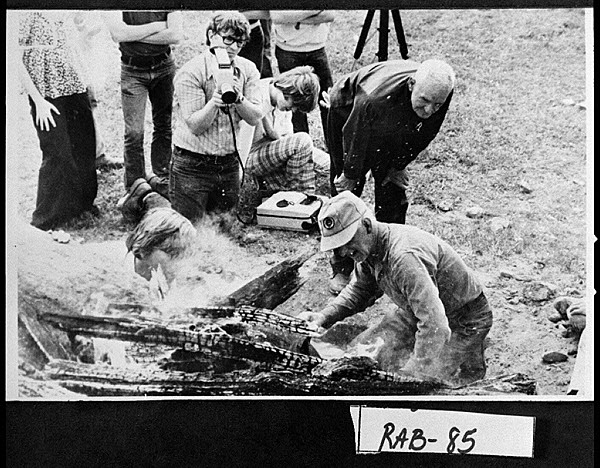
Courtesy of Georgia Archives.
While generally successful, Foxfire encountered a dark period during the 1990s. In November 1992, Wigginton pleaded guilty to charges of child molestation and received a sentence of nineteen years’ probation and one year in jail. As part of his sentence, Wigginton had to resign from teaching. After being released from prison, Wigginton left Rabun Gap and is no longer associated with Foxfire. The Foxfire project, however, continues; working together as a staff, students specialize in writing and editing, marketing, subscriptions, and senior editor duties. Topics covered in the biannual magazine vary widely and include preserving and cooking food, folklore, recipes, gardening, farming, religion, community life, beekeeping, ghost stories, tall tales, personal histories, hunting and slaughtering, corn shuckings, weaving, washing clothes, granny women (midwives), burial customs, riddles, and music.
Educational Approach
Within the dynamics of the Foxfire program, a powerful approach to secondary education was developed: give students a collective purpose, along with guidance and assistance, and see what they can do. This philosophy has led to a pedagogical practice defined in the organization’s statement of purpose, the “Foxfire Approach to Teaching and Learning,” which lays out eleven core practices and connections to Foxfire projects to be used both in and out of the classroom. These core practices reflect the Foxfire program model itself, emphasizing the role of the student as an active learner, teacher, and evaluator in his or her own educational activities.
Foxfire Movement
Starting with one teacher in one school in north Georgia, Foxfire spawned a grassroots movement of “cultural journalism” programs linked to curriculum reform throughout the United States and the world. The program’s influence spread via a network of published magazines, books, newsletters, and other media, as well as by direct communication between Foxfire teachers and educators. Puckett estimates that the Foxfire model has influenced classrooms in forty-seven states, as well as in such faraway locations as Japan, Australia, Scotland, Costa Rica, Guam, Haiti, and the Dominican Republic. Wigginton’s model spawned a movement in social history and education that reflects a growing desire to integrate cultural appreciation and reflection into the sometimes dry and disassociated notions of teaching, thereby creating learning environments that are engaging and integrative.
In 2015 Foxfire received a Governor’s Award for the Arts and Humanities.


